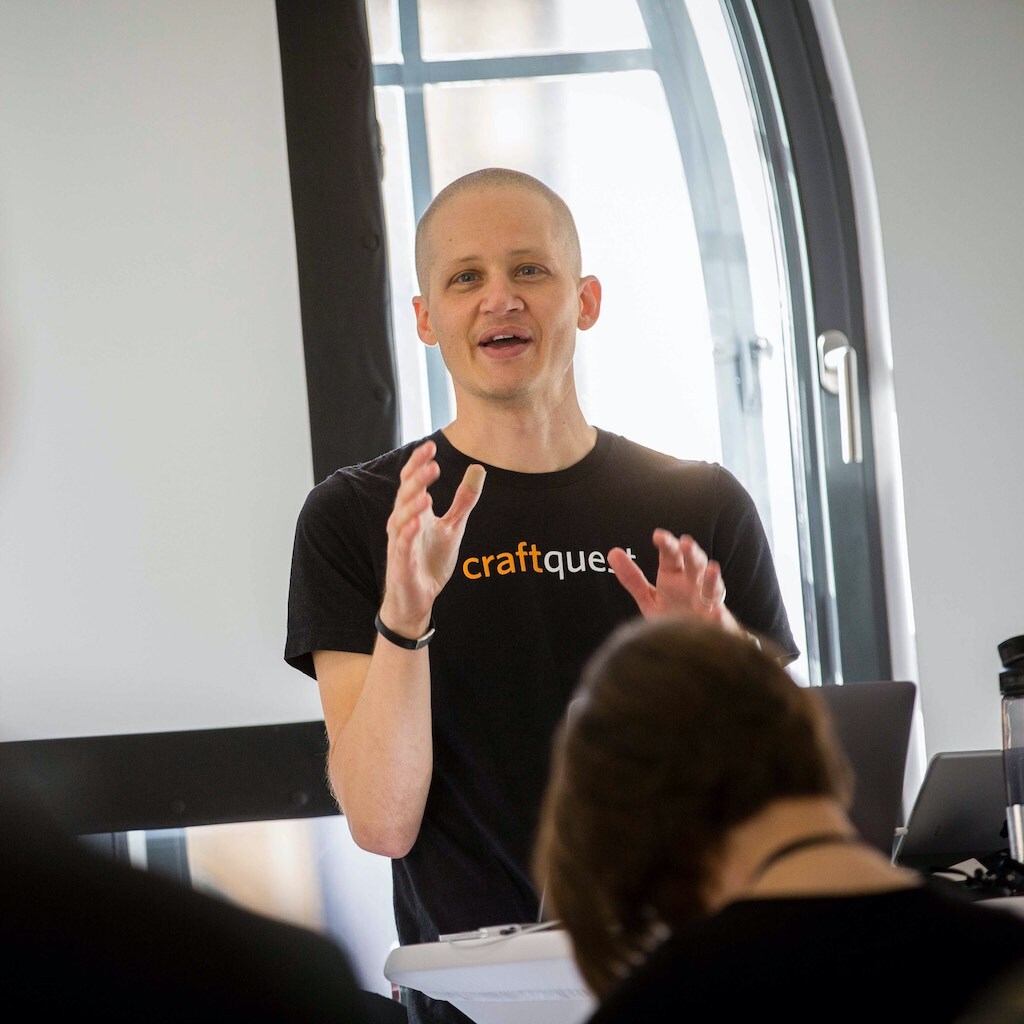Introduction to DDEV and Craft CMS
In this series of videos, we'll install and configure DDEV to easily localhost PHP applications like Craft CMS.
I’ve used many local development tools over the years, from hand-rolled with system software, MAMP, and Valet. They all have their advantages but for going from configuration to coding, DDEV is one of the best available. In this series, we will cover how to install, configure, and use DDEV for Craft CMS development.
What is DDEV?
Before we jump in, let’s talk a little about DDEV, so there’s no confusion on how it works, and most importantly, how it is different from other local development tools.
You’re probably watching this because you’ve used a myriad of other tools during your web development career. Was it MAMP? Valet? WAMP? Hand-rolled?
Whichever it is, DDEV is a little different because of the combination of flexibility and the solid base
DDEV is a Docker-based local development environment tool. The biggest selling point of DDEV is that it greatly simplifies the installation and management of your projects using Docker.
Maybe hearing the word “Docker” kicks off a bead of sweat on your brow, or the hairs on the back of your neck to stand up. It’s understandable; on its own, Docker can be difficult to setup and get working.
DDEV tries to simplify using Docker, with built-in tooling that handles all of the hard parts.
In short, I think it’s a superior developer experience than you’d get elsewhere with Docker.
I use DDEV for some of my own projects (including almost all of my client projects), because I know I can reliably spin up the project at a moment’s notice.
Docker Desktop
Docker Desktop (or a suitable replacement per the DDEV official documentation) is required before you can use DDEV. Since DDEV is a Docker-based local development tool, you need to have the Docker engine running. Docker Desktop for macOS (Intel or Apple Silicon) or Windows makes this very simple.
To download Docker Desktop, visit the Docker Desktop product page, and you should see download options for your current operating system.
Once you have Docker Desktop installed, launch it and give it a few minutes to start up. After that, you are ready to move on to the next step!

Ryan Irelan
I am the creator of CraftQuest, a web developer, and former software team manager. I spend most of my time improving CraftQuest with code and courses. When I'm not in front of the computer, I spend my time with my family, and running on the roads and trails of Austin, TX.